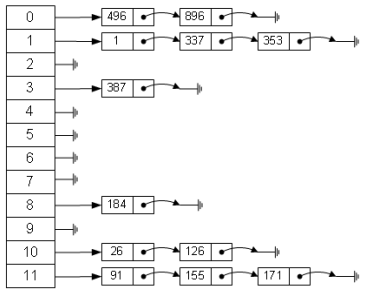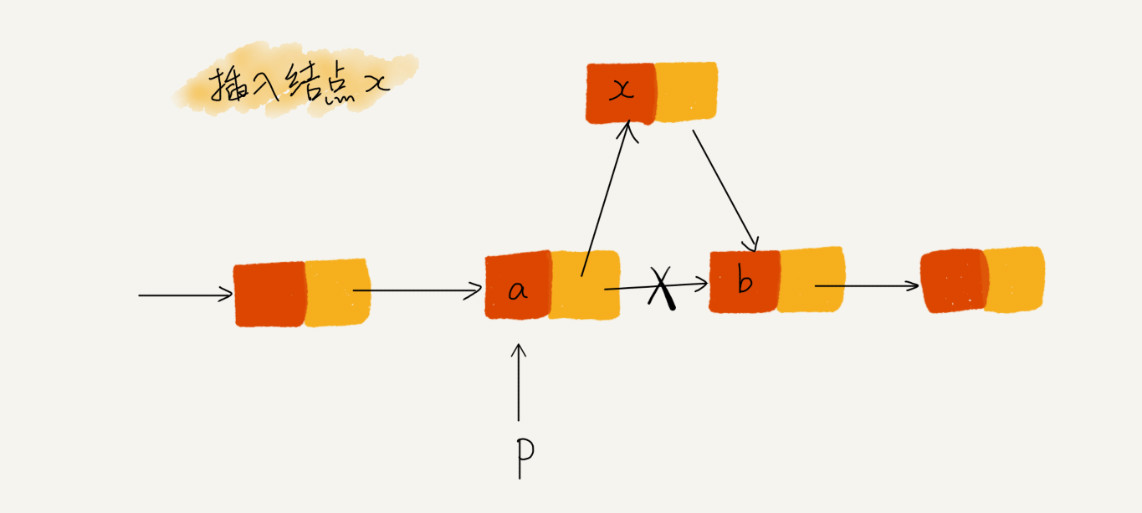哈希表(拉链法)

#include <stdio.h>
#include <vector>
struct ListNode {
int val;
ListNode *next;
ListNode(int x) : val(x), next(NULL) {}
};
int hash_func(int key, int table_len){
return key % table_len;
}
void insert(ListNode *hash_table[], ListNode *node, int table_len){
int hash_key = hash_func(node->val, table_len);
node->next = hash_table[hash_key];
hash_table[hash_key] = node;
}
bool search(ListNode *hash_table[], int value, int table_len){
int hash_key = hash_func(value, table_len);
ListNode *head = hash_table[hash_key];
while(head){
if (head->val == value){
return true;
}
head = head->next;
}
return false;
}
int main(){
const int TABLE_LEN = 11;
ListNode *hash_table[TABLE_LEN] = {0};
std::vector<ListNode *> hash_node_vec;
int test[8] = {1, 1, 4, 9, 20, 30, 150, 500};
for (int i = 0; i < 8; i++){
hash_node_vec.push_back(new ListNode(test[i]));
}
for (int i = 0; i < hash_node_vec.size(); i++){
insert(hash_table, hash_node_vec[i], TABLE_LEN);
}
printf("Hash table:\n");
for (int i = 0; i < TABLE_LEN; i++){
printf("[%d]:", i);
ListNode *head = hash_table[i];
while(head){
printf("->%d", head->val);
head = head->next;
}
printf("\n");
}
printf("\n");
printf("Test search:\n");
for (int i = 0; i < 10; i++){
if (search(hash_table, i, TABLE_LEN)){
printf("%d is in the hash table.\n");
}
else{
printf("%d is not in the hash table.\n");
}
}
return 0;
}
单链表的插入操作

x->next = p->next;
p->next = x;
单链表练习
- 单链表反转
- 链表中环的检测
- 两个有序的链表合并
- 删除链表倒数第 n 个结点
- 求链表的中间结点


